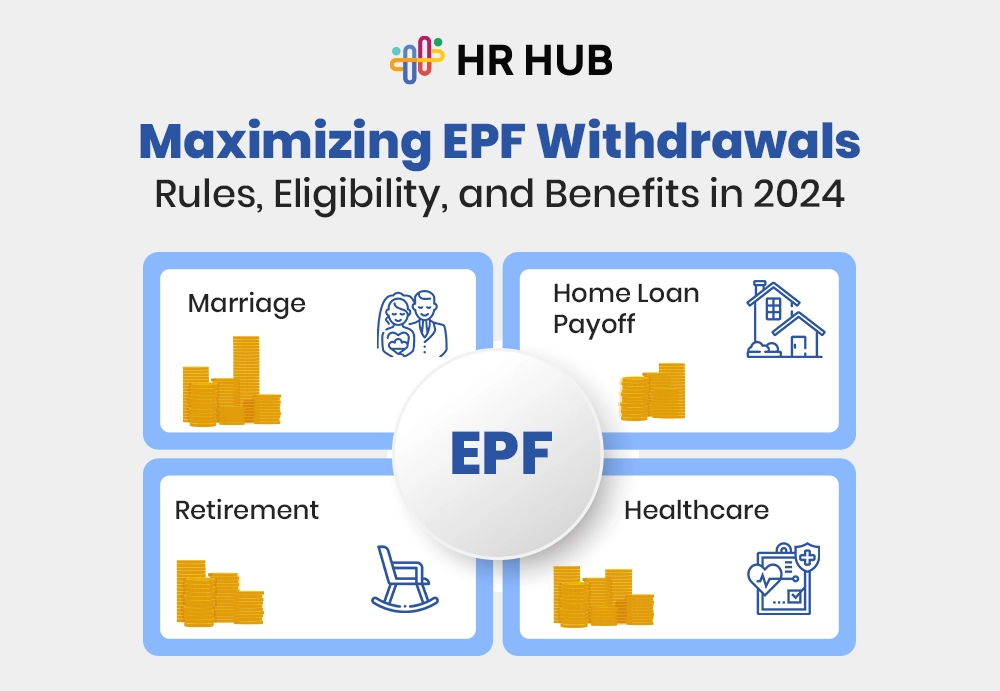Remember when "working from home" meant an occasional Friday treat? Fast forward to today: it's no longer the exception — it's shaping the future of work itself. But here's the catch: remote work without the right structure can easily spiral into confusion, miscommunication, and burnout.
This is why remote work policies are no longer just a checklist item. They are the blueprint for building a connected, productive, and thriving workforce in this boundaryless world.
Let's walk through what it means to design remote work guidelines that not only "work" but also inspire.
Why Remote Work Needs a Different Playbook?
Think about it: would you hand out an office map to a team that's scattered across four continents? Probably not. Remote work introduces new dynamics — including time zone differences, asynchronous communication, and blurred personal boundaries.
Without tailored remote work policies, even the most talented teams can stumble. These policies aren’t about laying down rules; they’re about creating clarity, trust, and freedom within a structured framework.
Because when expectations are clear, your team doesn't just survive — it thrives.
Key Ingredients for Crafting Remote Work Policies That Work
It’s time to identify the essential metrics that play a hybrid role in crafting remote work policies for your organization.
1. Define What Remote Means
Are you remote-first? Remote-friendly? Running hybrid work models?
Don't assume everyone has the same understanding.
Define the terms clearly: how often employees need to be in the office, if at all; whether location flexibility comes with time zone expectations; and what "availability" entails.
When you say "remote," ensure your team hears the same message, not just the same word.
2. Build Your Communication Backbone
In remote work, silence isn’t golden — it’s dangerous.
How will your team communicate? Slack channels? Zoom standups? Async video messages?
Your telecommuting guidelines should lay out the tools, rhythms, and expectations for staying in sync.
Picture this: No more "Wait, was I supposed to join that call?" chaos. Instead, everyone knows exactly how and when to connect.
3. Focus on Results, Not Hours
Still tracking "butts in seats"?
Time to retire that mindset.
The new currency is outcomes, not clocked hours. Successful remote employee management centers around deliverables, milestones, and mutual accountability.
Instead of asking, "Where are you working from?" start asking, "How can I support your best work?"
4. Lock Down Data and Device Security
Remote work expands your digital borders.
That means your vulnerabilities expand, too.
Your remote work policies must include clear cybersecurity protocols, such as the use of VPNs, secure password management, and mandatory software updates.
Treat remote security the way you’d treat office security — with seriousness and investment.
5. Protect Mental Health and Work-Life Balance
Here's an uncomfortable truth: working remotely can sometimes feel like you're always on the job. No commute boundaries. No "closing the office door."
Encourage employees to set clear working hours, block "no-meeting" zones, and take genuine vacations. A thriving remote team isn’t glued to screens 24/7 — it's energized, balanced, and sustainable.

Hybrid Work Models: Best of Both Worlds — or Twice the Confusion?
When implemented correctly, hybrid work models combine the flexibility of remote work with the benefits of face-to-face interactions. Done wrong? They breed resentment and chaos.
A solid policy should answer:
- How often is physical presence expected?
- How are meeting times made inclusive for both in-office and remote participants?
- Who has access to shared resources, such as desks, meeting rooms, or IT support?
Pro tip: Design hybrid experiences where remote and onsite employees feel equally "in the room" — not like outsiders.
Telecommuting Guidelines: More Than Just a Wi-Fi Password
Yes, fast internet matters. But real telecommuting guidelines dig deeper.
- Is the employee’s home workspace ergonomic and safe?
- Will you reimburse laptops, monitors, and chairs?
- How will equipment repairs and IT support be managed remotely?
Imagine giving your team not just permission to work remotely, but the power to do it brilliantly.
Remote Employee Management: Trust Over Tracking
Here's a golden rule for modern remote employee management: Trust leads, surveillance follows.
Support your managers to:
- Set transparent, measurable goals.
- Focus on coaching rather than policing.
- Celebrate wins — big or small — in a public manner.
Remote employees who feel seen, trusted, and valued outperform those who feel monitored and judged. Every time.

Shaping a Workforce Without Borders
Remote work isn't "the future." It's the present.
The real question is: Are your systems ready?
The best organizations aren't scrambling to catch up. They're designing workplaces where distance strengthens, not weakens, collaboration and innovation.
At HR HUB, we understand this new landscape. Our platform helps you craft seamless remote work policies, manage hybrid teams, automate onboarding processes, and nurture employee engagement — wherever your team members are.
Remote isn't just a mode of work anymore. It's a mindset. And with the right partner, it's a massive competitive advantage.
Ready to rethink what "workplace" even means? With HR HUB, the world is your office.






